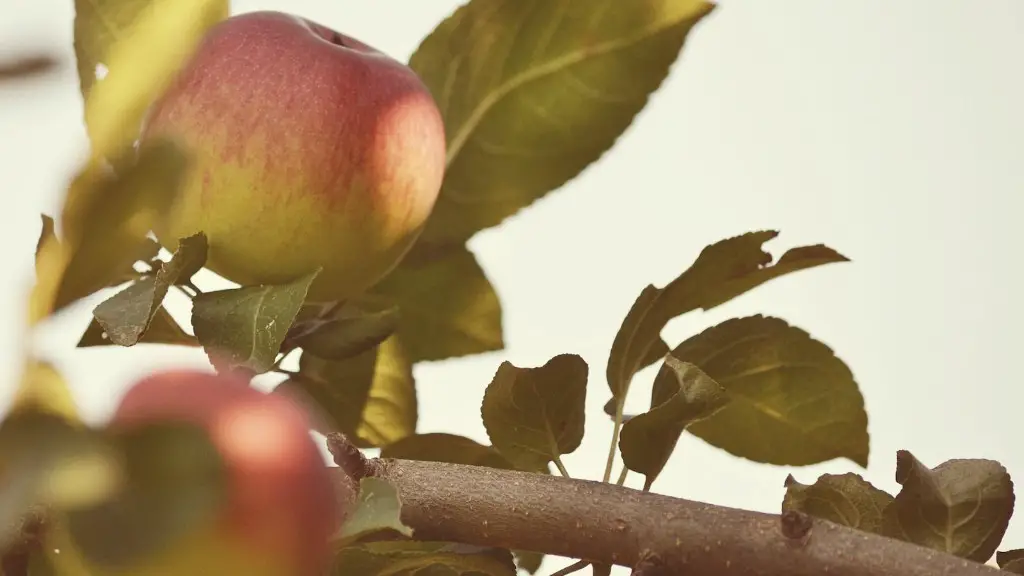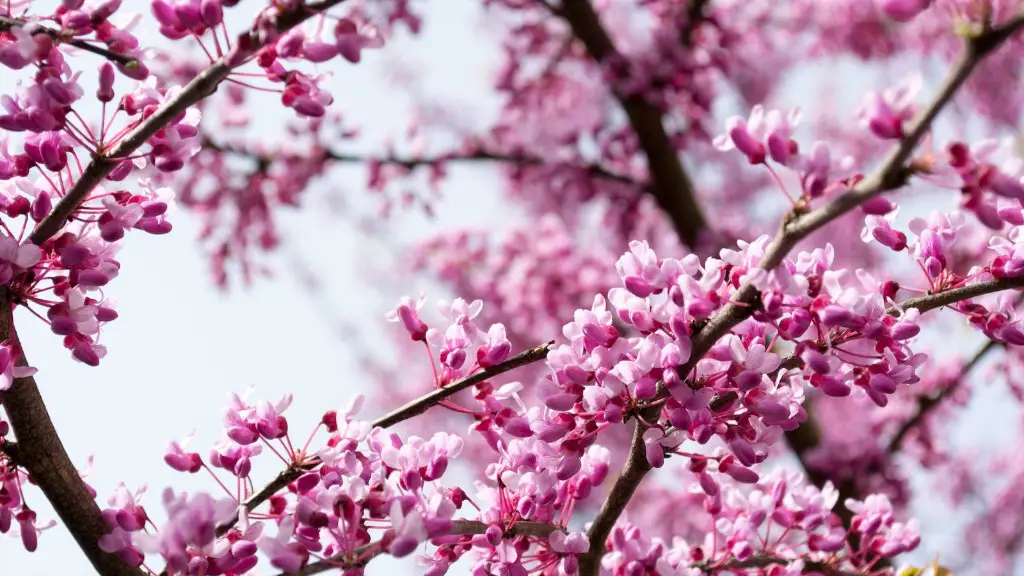Pruning potted lemon trees is an essential task to promote healthy growth and encourage the fruit to reach its maximum sweetness. It is a fairly straightforward process, but it’s important to follow a few steps to ensure the tree’s long-term health and proper growth. Here are some tips to prune your potted lemon tree.
Start by removing dead, diseased or broken branches. Use pruning shears to cut these off at the base of the branch. This will help reduce the spread of any potential diseases and pests to the other branches. If there are any branches crowded within the center of the tree, you can also prune these away to increase the airflow and light penetration.
Next, you should thin out the foliage to create a more open shape. Start trimming the new growth at the tips of each branch to encourage lateral branching and reduce the overall density of the foliage. Be sure to leave a few inches of new growth on each branch so you don’t impede its growth too much. Doing this will help increase air circulation and light penetration.
When you’re finished thinning and cleaning the lemon tree, you can start pruning its root system. Start by gently removing some of the loose soil so you can identify the longest root stems. Remove any damaged or decayed root stems, as well as those that are blocking airflow and the uptake of irrigation and fertilizer.
After you’ve pruned the roots, begin removing any fruit that is close to the base of the trunk. You can leave a few of the larger fruits at the center of the tree, but any small fruits at the end of thin or congested branches should be removed. This will help reduce the stress on the tree and promote better overall health.
Finally, lightly fertilize the soil to give the lemon tree an extra boost of nutrients. Lemon trees are heavy feeders and need regular fertilizing to produce sweet fruit. Use a balanced fertilizer with an N-P-K ratio of 7-10-6.
Safety Tips
When pruning your potted lemon tree, it’s important to use caution and wear gloves to protect your hands from the sharp edges of the pruning shears and the potentially diseased branches. It’s also important to avoid pruning in direct sunlight as this can cause leaf scorching. Rather, try to prune your lemon tree in the late afternoon when the sun is lower in the sky.
Pruning the Canopy
When pruning the canopy of the potted lemon tree, be sure to only remove one-third of the total canopy each time. This will keep the tree healthy and ensure that you don’t over-stress the lemon tree. Be sure to cut the branches at a 45-degree angle, just above a bud or branch node.
When thinning the foliage, you should be careful to leave a few inches of new growth on each branch and avoid pruning too far back, as you can damage the growth potential of some of the branches. Any thinning should maintain the overall shape of the canopy without making drastic changes.
Finally, pruning your lemon tree can help promote larger and more flavorful fruit. By thinning and cleaning out the interior of the tree, you can increase light penetration and airflow, which will help with the overall quality of the fruit.
Cleaning and Troubleshooting
After you’ve pruned your potted lemon tree, it’s important to keep the immediate area around the tree clean. Remove any fallen leaves and debris from around the main trunk of the tree, as this can attract pests, fungus and rotting. If you notice any white or brown spots on the leaves of the tree, this could indicate signs of a possible disease or pest, and you should take steps to address this immediately.
If there is any visible damage to the tree, such as bark splitting or water-soaked leaves, these can be symptoms of a watering issue. Check the soil of the pot to make sure it’s not soggy and compacted and adjust your watering routine accordingly. If the soil seems to be too dry, you can also use a misting bottle to provide some extra moisture.
Fertilizing and Pest Control
Fertilizing your potted lemon tree will help promote optimal growth and provide nutrients to the plant. Use a balanced fertilizer with an N-P-K ratio of about 7-10-6 for healthy plant growth. Fertilize the lemon tree every few weeks during the growing season and every month or so during the winter months.
When it comes to pest control, it’s important to keep an eye out for any pests or diseases. If you notice any pests or webbing on the leaves of the tree, you’ll want to take steps to eliminate them by spraying them off with a stream of water or an organic pest control product.
If the infestation persists, or if the disease progresses, you may need to prune away any affected parts of the tree to remove the potential spread of the pests or disease.
Maintenance and Care
For optimal growth and health of your potted lemon tree, you should be sure to check the lemon tree on a regular basis to inspect necessary pruning and maintenance needs. Additionally, you’ll want to repot your lemon tree every one to two years, depending on the size of the pot. Repotting will help to provide the tree with fresh, nutrient-rich soil and make sure that your tree doesn’t become root-bound.
Lastly, you’ll want to make sure to keep an eye on the watering needs of your lemon tree. Too much or too little water can stunt the growth and health of the tree, so make sure your tree is properly irrigated. Water your tree when the top 1-2 inches of soil in the pot feel dry to the touch.


